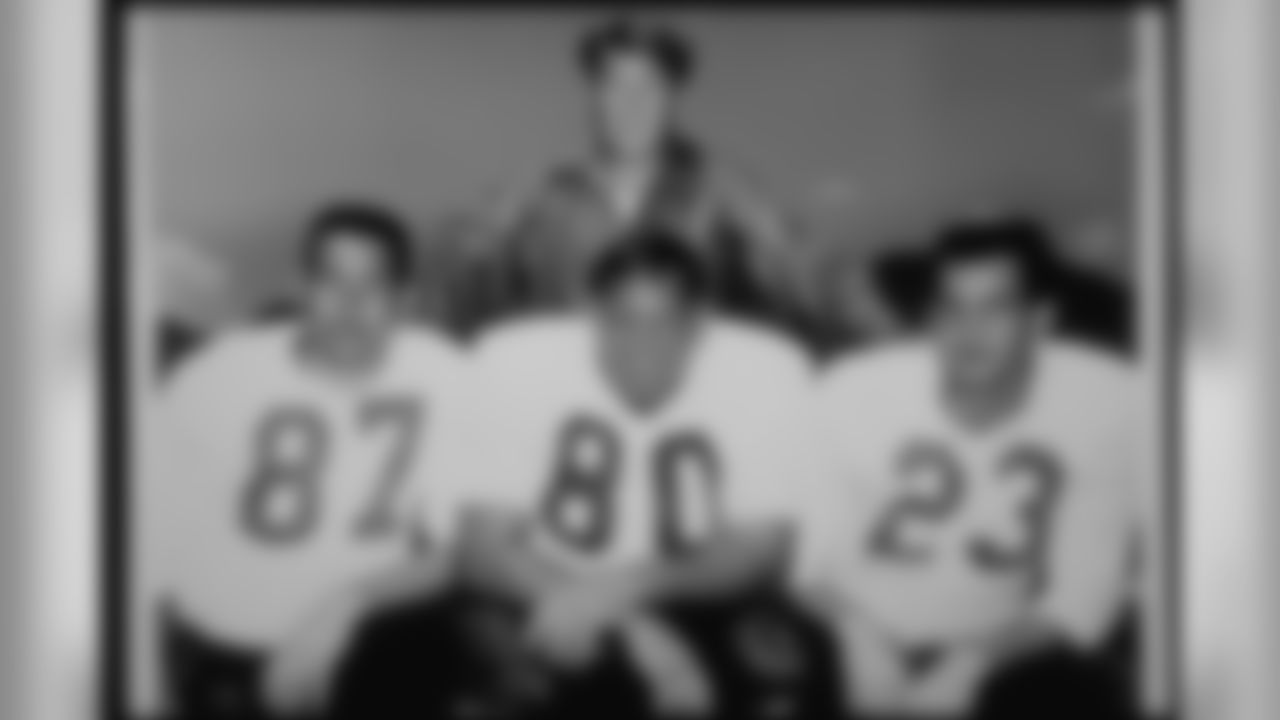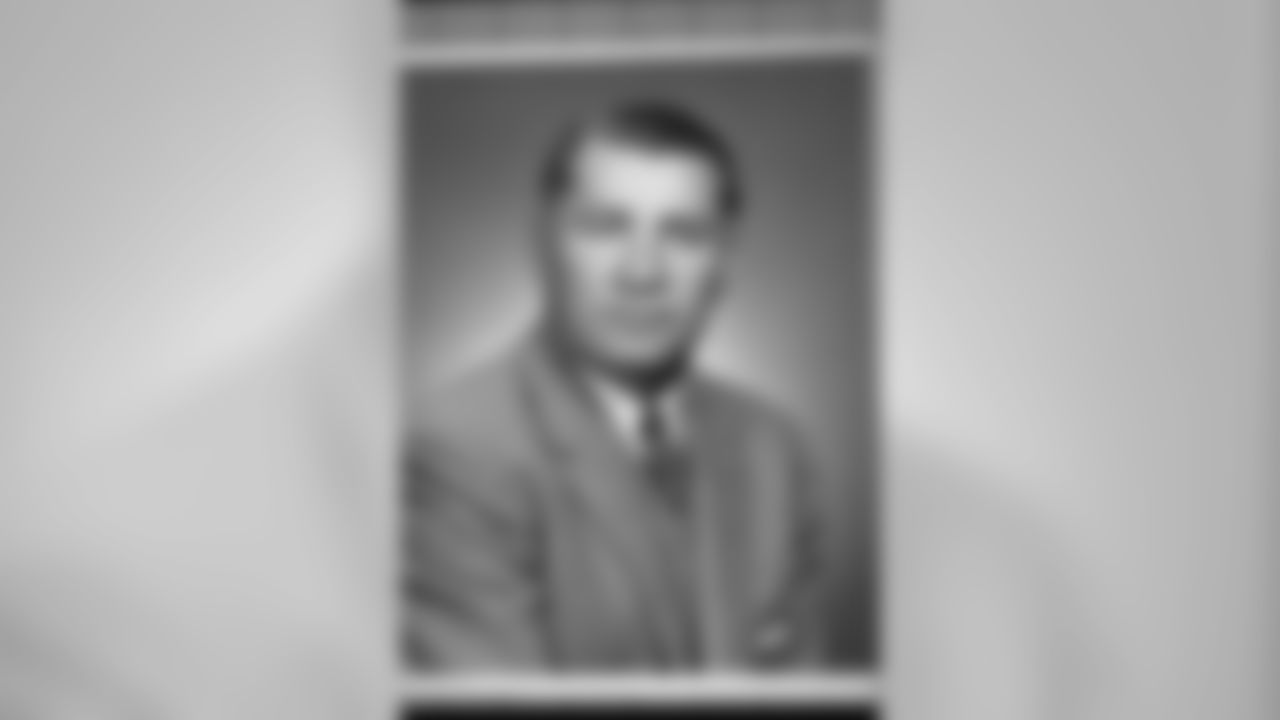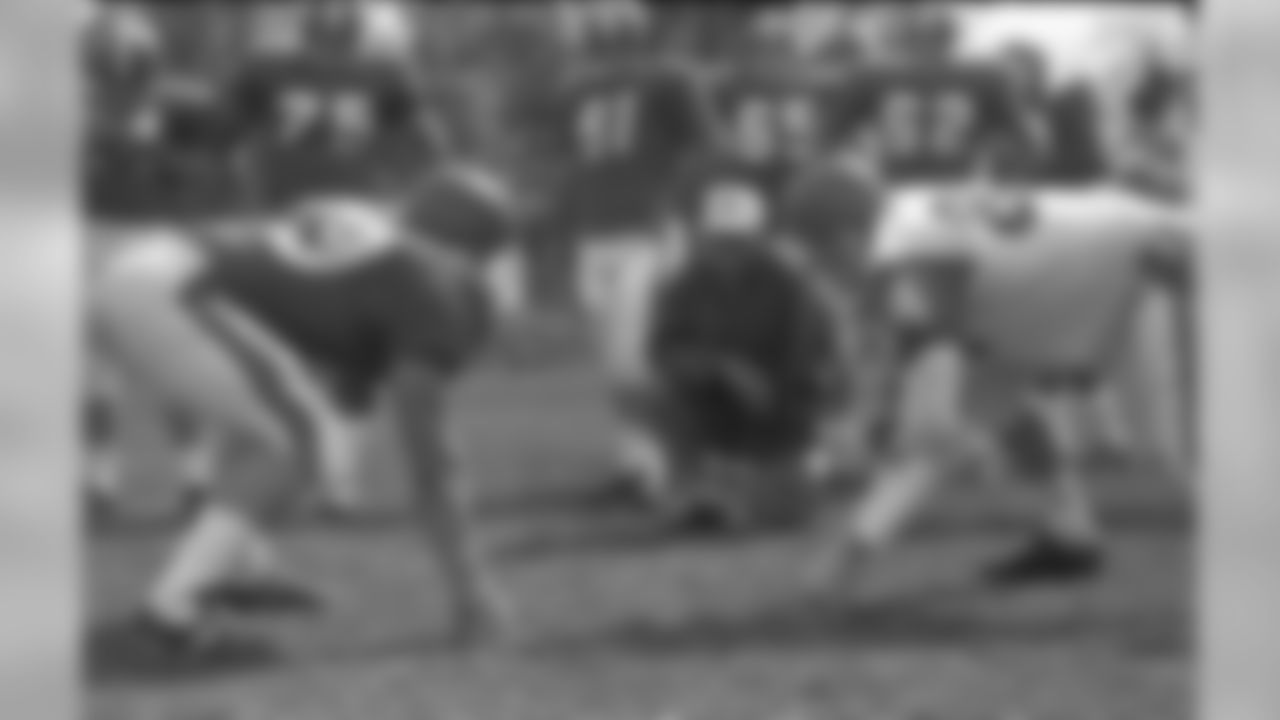Flip through photos of each of the 16 head coaches in Broncos history.















Miller accepts the 1977 Coach of the Year award.



















Longtime National Football League strength and conditioning coach Al Miller recently received a lifetime achievement award from his peers.
This is the kind of honor that usually gets overlooked, because it does not involve a famous player or coach, but it stands at the absolute center of the advancements that have helped make pro football what it is today.
Al Miller was the first honest-to-gosh, true strength and conditioning coach in Denver Broncos history, back in the day when fewer teams had one than those clubs that did not.
When the Denver Broncos began in 1960 there was no real strength and conditioning program.
Players realized the need to lift, but conditions were pretty spartan for the early Broncos. The equipment staff would fill some buckets with cement, and then put a steel rod between two buckets, one at each end, and that was the weight a player would left. Heavier weights, use the buckets with more cement. Lighter weights, use the buckets with less cement.
Under Lou Saban and Red Miller, defensive line coach Stan Jones—who had been a pioneer in weight training as a Pro Football Hall of Fame defensive lineman for the Chicago Bears in the 1950's and 1960's—supervised and counseled as best he could when he was not doing his full time coaching job.
Stan had often told me how when he was with the Bears in the 1950's, players did not do much in the offseason. When he began to frequent weightlifting gyms, it was a reversal in behavior for an athlete of his time.
But Stan was way ahead of time in his thinking, in addition to being a Hall of Fame player.
I.J. Gorman had been the Broncos' strength coach in 1983-84, but he had to deal with such a small number of weights, in such a small weight room, that it was not possible for him to do much more than just encourage the players.
Under Al Miller, the size of the space increased, the number of weights increased dramatically, and only one kind of attitude was acceptable in Al's weight room.
His coaching jobs had included cutting his proverbial teeth under Paul "Bear" Bryant at the University of Alabama. Al revered Bear and tried to emulate his attitude in everything he did, so you can imagine the professionalism that he brought to the Broncos from 1985-92 under head coach Dan Reeves.
I remember talking to Al on the plane ride back to Denver from Super Bowl XXI in Pasadena, Calif.
I was going around to the coaches on the ride home, congratulating them on what had been an excellent season, but Al Miller would have none of it.
"All I know is I just lost the Super Bowl because my guys were not strong enough," Al said, practically spitting out the words. "So after we take some time off, we are going to get stronger this offseason."
We went back to two more Super Bowls and Al got two more American Football Conference championships rings before he followed Dan to New York, where he continued preaching the message of proper strength and conditioning.
Jump ahead to 2015 and the Broncos have a great staff of four in the strength and conditioning department headed by strength coach Luke Richesson.
Luke is forward-thinking in both his goals for the players and in the weights which now fill a conditioning center roughly 10 to 15 times larger than the team's entire headquarters in 1960, including all administrative offices of that time.
What exists today is an appropriate recognition of the importance that proper weight training has in the modern NFL. Luke runs a sophisticated program second to none in modern pro football.
But before the conditioning center of today, there were the buckets of cement in the early 1960's.
There were still blood, sweat and tears, and blocking and tackling; and like the development of man and society, guys like Al Miller were a one-man shop in their field.
They were visionaries in strength and conditioning.
So congratulations to Al Miller on his lifetime achievement award, and as he noted in his acceptance speech, many people have earned a piece of that award in bringing the weight room and the modern NFL player where they both are today.






